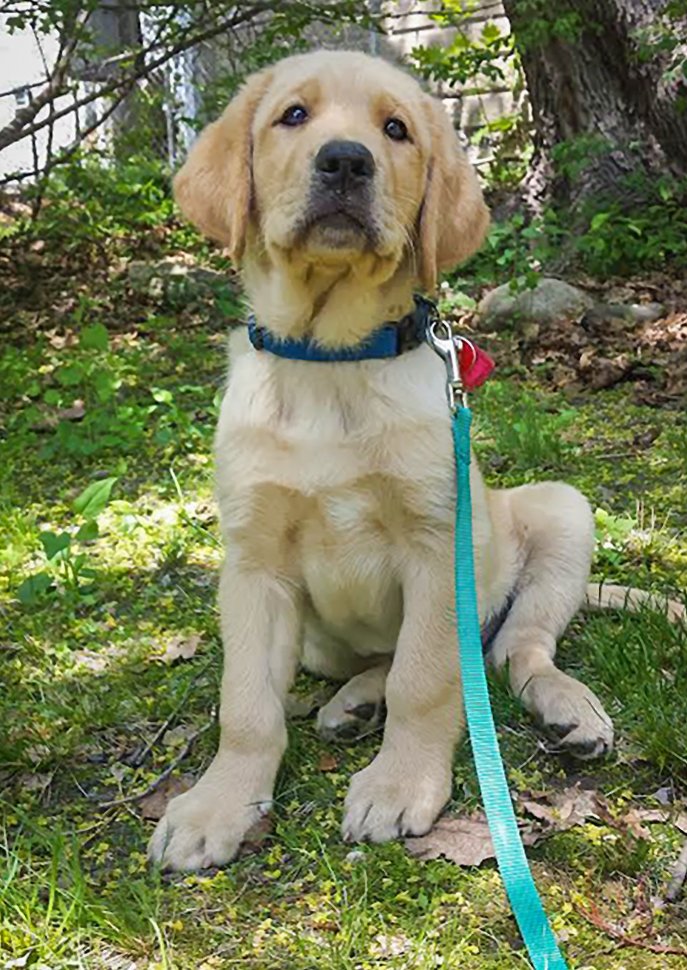
A few weeks ago I had the pleasure of attending a conference called 'Rethinking Strategies for Anxiety and Opposition' given by Jessica Minahan, who wrote The Behavior Code. This was one of the most beneficial conferences I have ever attended. It was a great feeling to walk out of the door with so many applicable ideas. I picked a few of my favorite strategies/ideas to share at a staff meeting recently and I am writing today to share them with all of you.
Jessica Minahan focused on three main areas: transitions, behaviors triggered by writing and interaction strategies. Some of these could be easily adapted for home as well.
1. Transition ‘Sponge’- a quick one two minute activity when going from preferred to non-preferred (after recess). The idea is to help get kids in their seat/work area, ready to learn with a less preferred activity/tool in the middle. The idea of going from preferred-less preferred-non-preferred. At home, this might look like: playing outside-cross word puzzle at work area-homework. Some transition sponges include:
- Brainpop video
- crossword puzzle
- Mindfulness minute
- Go noodle
2. Take a picture of what's expected. For teachers it might be projecting a picture of the next set up. At home, this might look like taking a picture of what you expect a clean room to look like. Kids are encouraged to 'match the picture'.
3. Ideas for Stopping/Ending tasks
- Often our tricky kids struggle to stop/end activities, so not only using a time timer but teaching them what is a ‘stopping plan’
- After giving a give minute warning, asking them ‘what is your favorite minute stopping plan?’
- Or telling them what a good stopping plan is- five more minutes is… two more pages of the book, ten more points in a game, etc.
- Give them a pausing point (with visual)
- Instead of ‘Stop Tapping your pencil’ or ‘Sit up Straight” ---->Say ‘Can you check yourself’- promoting self assessment
- Help children to re-frame ‘All or Nothing” thoughts to a smaller more manageable problem
Ex. “I can’t” ---> “Do you just want to check in to make sure you are doing it right?”
5. Self Assessment with Writing (or homework)
Self Monitoring- use 1-5 scale have kids write in the top corner before starting how hard they think it’s going to be. Then later on in the day or next day rate how hard it actually was.
Before After
5
|
3
|
4
|
2
|
5
|
2
|



